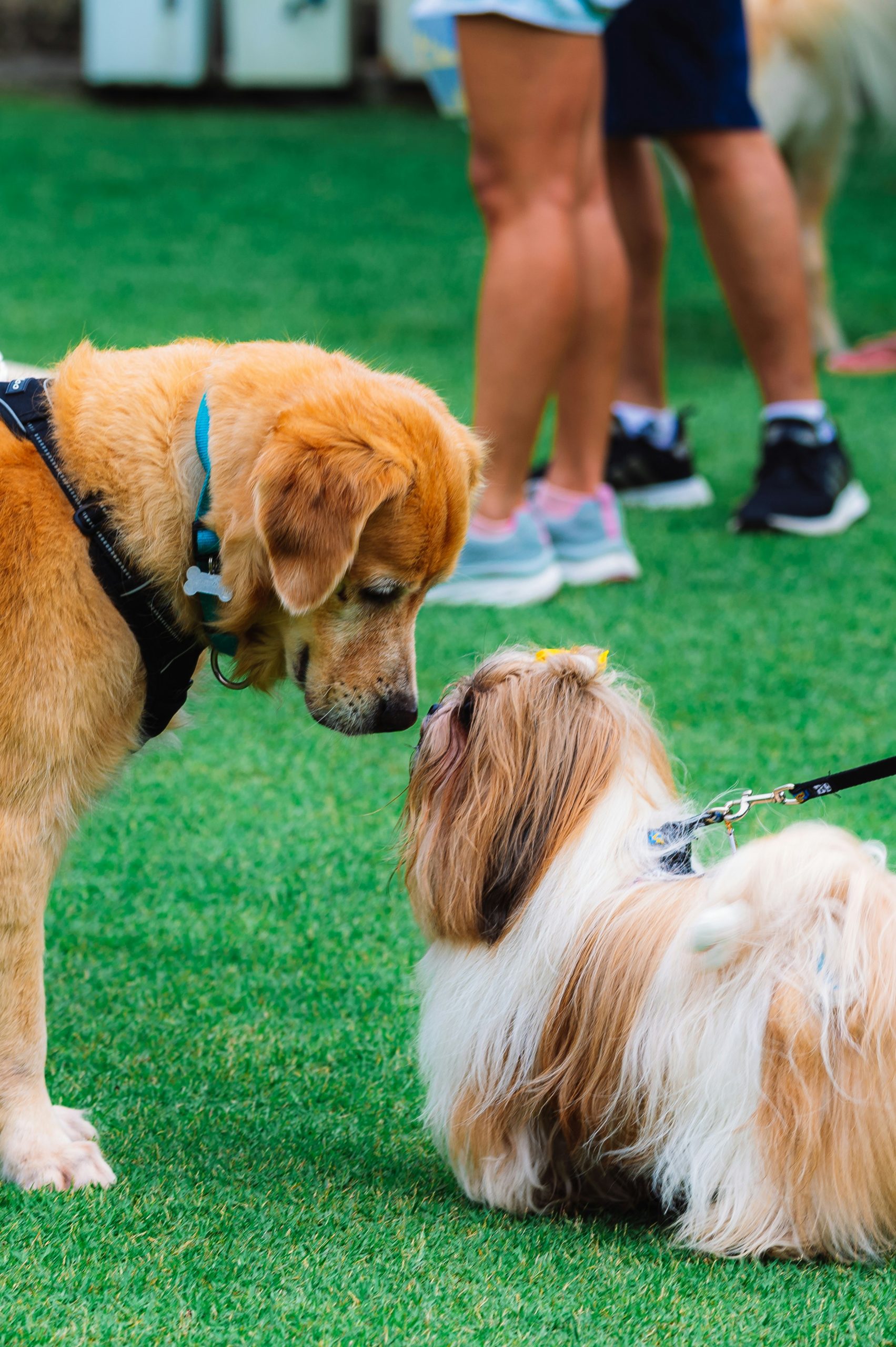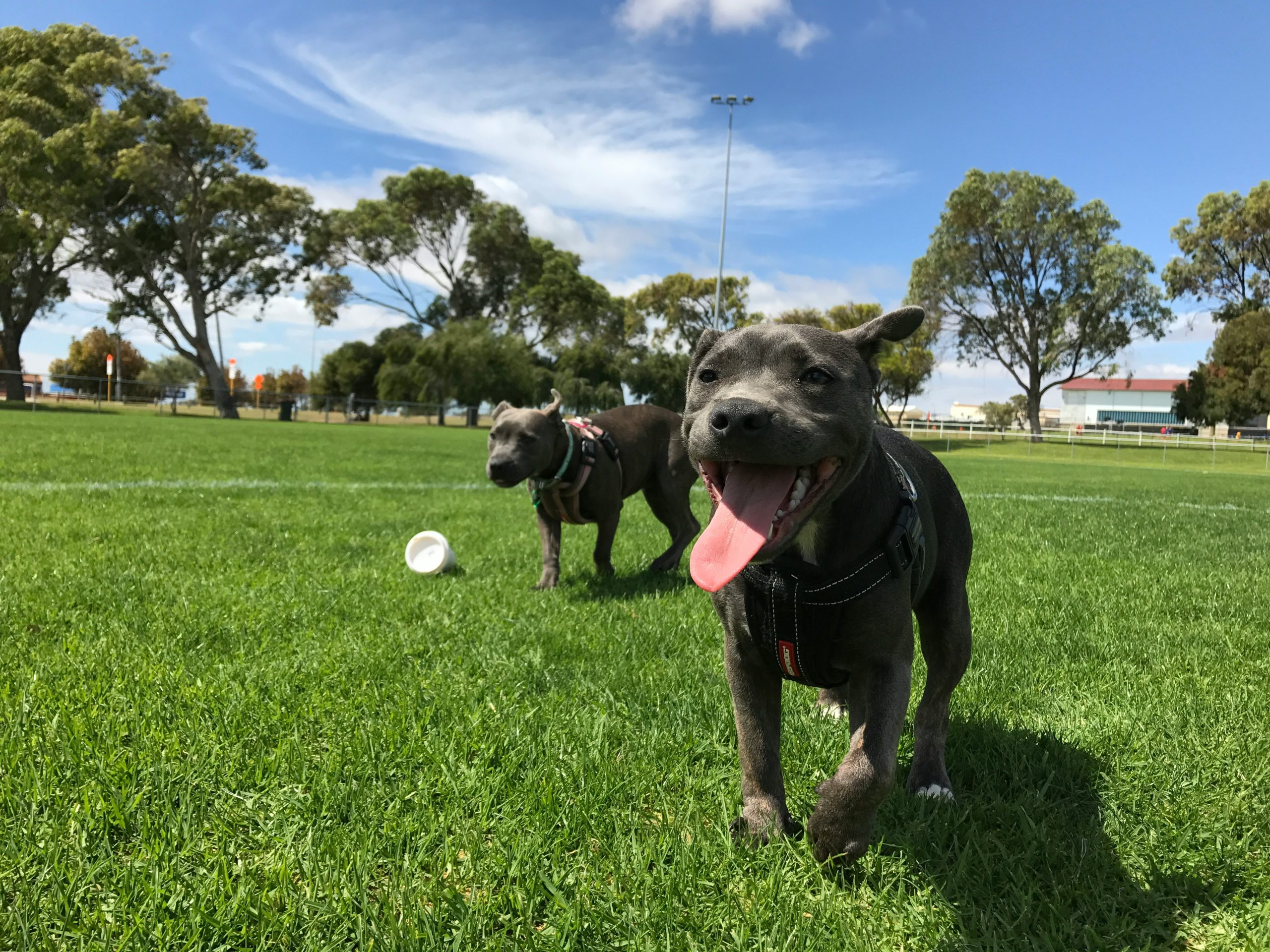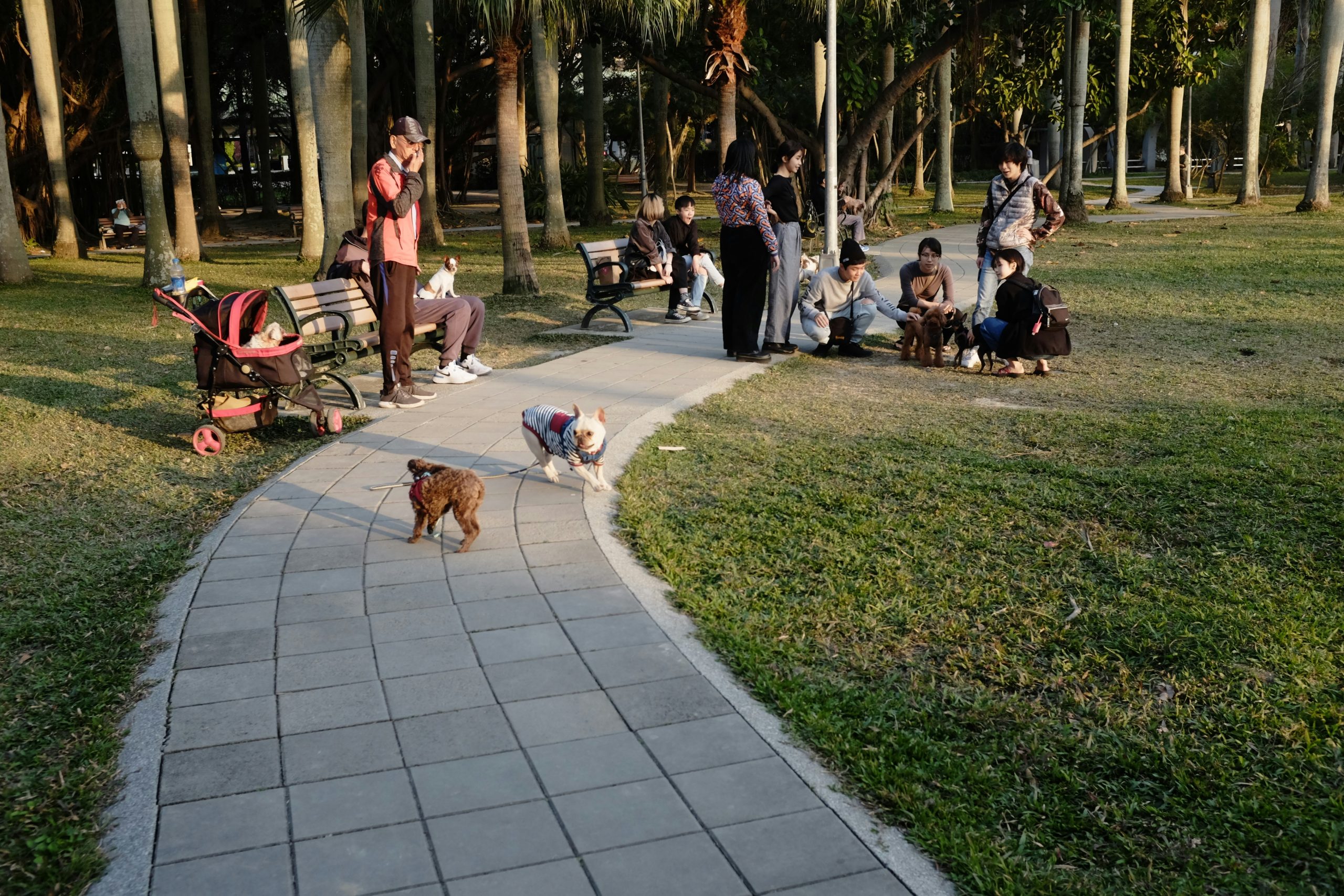Safe and Sound: Enhancing Your Dog Park Experience
Creating a Safe and Stimulating Environment at Dog Parks: Learn how to ensure a positive experience for dogs and owners through safety measures, enrichment activities, and proper etiquette.
Introduction to Creating a Safe and Stimulating Environment at Dog Parks
Dog parks are not only places for dogs to socialize, exercise, and play off-leash but also serve as valuable spaces for promoting physical and mental stimulation. These designated areas are carefully crafted to cater to the needs of both dogs and their owners, providing a controlled environment for recreational activities and interaction. Ensuring the safety and enjoyment of all visitors at dog parks involves more than just providing a fenced area; it requires the strategic implementation of safety measures, enrichment opportunities, and behavioral guidelines.
When it comes to creating a safe environment at dog parks, one essential aspect is to regularly check and update your dog’s vaccinations and preventive treatments to prevent the spread of diseases in high-traffic areas. For instance, ensuring that your dog is up-to-date on vaccines like rabies and parvovirus can significantly reduce health risks for your pet and others in the park. Additionally, supervising your dog’s interactions with other canines is crucial for maintaining a peaceful atmosphere. Understanding your dog’s body language and behavior cues can help you anticipate and prevent potential conflicts with other dogs, contributing to a harmonious environment for all park visitors.
Importance of Safety Measures at Dog Parks
When prioritizing your dog’s safety at a dog park, it is essential to go beyond the basics of vaccinations and preventatives. In addition to these preventive measures, it is crucial to consider your dog’s individual needs and characteristics. For instance, if your dog has specific health issues or behavioral concerns, taking extra precautions to ensure their well-being at the park is paramount. By understanding your dog’s unique requirements, you can tailor their park experience to mitigate any potential risks and create a safer environment for them.
Moreover, safety at dog parks extends beyond physical health concerns. It also involves promoting positive social interactions and behavior among dogs. Teaching your dog basic commands and socialization skills before visiting the park can help prevent conflicts and promote harmonious play with other dogs. By investing time in training and socialization, you equip your furry companion with the tools needed to navigate social situations confidently, contributing to a safer and more enjoyable experience for all park visitors. Understanding and interpreting your dog’s body language and behavior cues can also play a crucial role in averting conflicts and ensuring a peaceful environment at the park. Being attuned to your dog’s signals can help you intervene proactively in situations that may escalate into disputes, thus fostering a safer and stress-free atmosphere for all park attendees.
Strategies for Creating a Stimulating Environment at Dog Parks
When aiming to create a stimulating environment at dog parks, it is essential to consider various factors that can enhance the overall experience for both dogs and their owners. For instance, in addition to providing agility equipment like tunnels and ramps for physical and mental stimulation, introducing interactive toys and puzzles can keep dogs mentally engaged and entertained while at the park. These toys can challenge their problem-solving skills and provide an outlet for their energy, contributing to a fulfilling visit to the park.
Moreover, setting up sensory stations with different scents and textures can create a multi-sensory experience for dogs, stimulating their senses and curiosity. For example, incorporating areas with different surfaces like grass, sand, or gravel can offer dogs new sensations to explore, enriching their sensory experience and providing mental stimulation. By engaging multiple senses, dogs can have a more enriching and rewarding time at the park, contributing to their overall well-being and happiness during their visit. The combination of physical challenges, interactive toys, and sensory experiences can create a dynamic and engaging environment that caters to the diverse needs of dogs, ensuring a positive and stimulating experience at the dog park.
Rules and Guidelines for Dog Park Etiquette
Ensuring a positive experience for everyone at a dog park requires adhering to specific rules and guidelines that promote safety and harmony among visitors and their furry companions. Setting clear boundaries for off-leash play is crucial, as it helps prevent conflicts and maintains a peaceful environment. For instance, pet owners should supervise their dogs closely, intervene in case of aggressive behavior, and respect other visitors’ personal space to prevent any potential issues.
Additionally, having designated areas for dogs of different sizes can be beneficial in preventing accidents and ensuring that smaller or more timid dogs feel secure while interacting with others. This segregation based on size also helps in creating a comfortable and inclusive environment for all dogs, regardless of their temperament or play style. By providing separate spaces, dog parks can cater to the diverse needs of various dogs, promoting a positive socialization experience for everyone involved.
Moreover, the presence of waste disposal stations and the active participation of visitors in cleaning up after their pets are fundamental aspects of maintaining cleanliness and hygiene in the park. This practice not only contributes to a pleasant environment for all but also reduces the risk of disease transmission and ensures the safety of both dogs and humans. Encouraging responsible pet ownership through these simple yet effective measures can significantly enhance the overall quality of the dog park experience for everyone.
Dealing with Misbehaved Dogs in Dog Parks
When faced with misbehaved dogs at a dog park, utilizing positive reinforcement strategies is crucial for correcting inappropriate behavior and fostering a harmonious environment. For instance, rewarding a dog for following basic commands like “sit” or “stay” can reinforce good behavior and encourage positive interactions with other dogs and owners. Additionally, redirecting negative actions, such as excessive barking or rough play, towards more acceptable behaviors can help manage challenging situations effectively.
In situations where handling misbehaved dogs becomes challenging, seeking professional guidance from a certified dog trainer or behaviorist is highly recommended. These experts can offer tailored advice on addressing specific behavioral issues and implementing training techniques that are suitable for a social setting like a dog park. By following the expert’s recommendations and practicing consistency in training, pet owners can work towards creating a safer and more enjoyable experience for everyone at the park. Moreover, maintaining open communication with other dog owners is essential in fostering a cooperative and supportive atmosphere. By respectfully addressing concerns and working together to ensure that all dogs adhere to park rules and guidelines, visitors can collectively contribute to a positive environment where dogs can socialize and play freely.
Conclusion: Ensuring a Safe and Enriching Experience at Dog Parks
Ensuring a safe and enriching experience at dog parks is essential for both dogs and their owners. One way to achieve this is by incorporating various safety measures such as checking your dog’s vaccinations regularly and supervising their interactions with other dogs to prevent any aggressive behavior. For example, ensuring that all dogs are up to date on their vaccines and preventatives can significantly reduce the risk of disease transmission in a communal setting like a dog park. Additionally, understanding your dog’s behavior cues and body language can help you anticipate and manage any potential conflicts, contributing to a peaceful environment for all visitors.
Moreover, creating a stimulating environment at dog parks involves more than just ensuring safety. Offering enrichment activities like agility equipment, group training classes, or pet-friendly events can provide mental and physical challenges for dogs, promoting their overall well-being and enjoyment at the park. For instance, setting up agility courses with tunnels and ramps can engage dogs in fun and stimulating exercises, keeping them mentally sharp and physically active. By fostering a sense of community among dog owners through organized activities, dog parks can become not just a place for play but also a hub for socialization and bonding between pets and their human companions.



